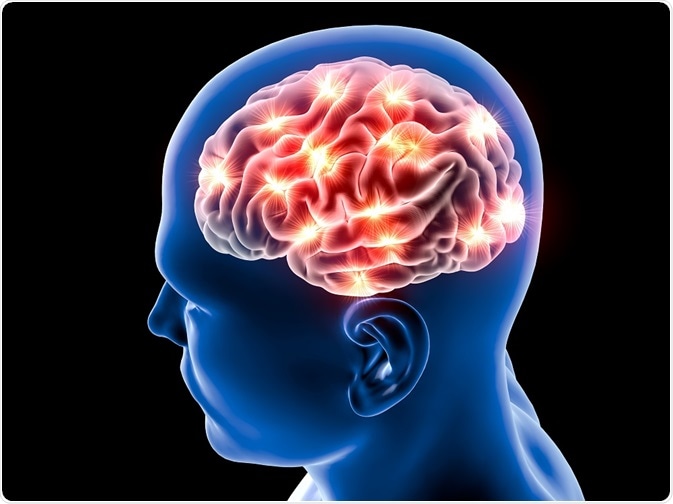Site Under Development, Content Population and SEO, Soft Launch 1st January 2020
Synaesthesia is a condition wherein the stimulation of one sensory modality causes a simultaneous stimulation of another, unrelated sensation.

One example is a particular auditory stimulus causing a person to experience gustatory (taste) stimulation. Synaesthesia is a natural phenomenon and is not associated with multiple and simultaneous perceptions experienced upon the consumption of recreational drugs or substances.
There are various kinds or combinations of unrelated or unstimulated sensational experiences that occur in 1 out of 23 people. In rarer sensational combinations or three or more simultaneous sensations occurring at the same time, the ratio increases to 1 in 200 or 1 in 100,000 people
The development of synaesthesia among individuals is associated with a variety of neurocognitive factors, including consciousness, activation of sensory nodes in the brain, and automatic cognitive processes.
The most common neurocognitive explanation used by researchers to explain synesthesia is “cross-wiring” in the brain. In particular, synapses and neurons of a particular sensory system overlap with other brain system.
Hypothesis supporting this claim postulates that such phenomenon occurs normally at birth and infancy but is refined as the child grows. Therefore, people with synaesthesia have underdeveloped sensory systems.
While researchers have yet to discover exact areas of the brain where synaesthesia develops, the limbic system and cerebral cortex are considered as the prime candidates. Brain imaging techniques show significant responses associated with synaesthetic factors and sensory stimuli when testing in these areas. These activations among synaesthetic individuals are not present in people with normal neurological functioning.
Over the years, researchers have been interested in establishing a connection between synaesthesia and consciousness. According to new findings, synaesthesia is directly related to consciousness by sharing correlated neural processes.
The experiences of individuals with synaesthesia account for individual differences in conscious perceptions. As such, further understanding about the underlying processes involved in the sensory perceptions of synaesthetics will pave the way for a more expansive take on consciousness.
While the condition is associated with psychiatric disorders, synaesthesia is not included in the latest Diagnostic and Statistical Manual of Mental Disorders (DSM-5). Nevertheless, it is referred to as a “neurological condition” that occurs more commonly in women and left-handed people. People with normal neurological functioning could also acquire the condition.
Currently, there is no official way of diagnosing synaesthesia; however, research shows that the following features are present among synaesthetics:
Synaesthesia is also associated with genetic factors. Researchers have proposed that the condition runs in families and transmitted through a dominant X-chromosome.
Synaesthesia is often treated as an ability rather than a disability; as such, majority of people with the condition do not seek treatment. Furthermore, treating or fully resolving synaesthetic experiences is not easy, as the condition is directly associated with neural functioning and genetics—factors that are difficult to alter.
Physicians therefore only address a case of synaesthesia when the condition begins to affect normal, everyday functionality. In these cases, doctors or therapists usually ask patients to engage in deep hypnosis therapy. Hypnotic techniques have been found to be effective in addressing the condition.
In deep hypnosis, patients are asked to participate in a series of activities that would ultimately address and eliminate either their conscious (synaesthetic experiences) or unconscious (dreams) cognitions. If successful, the whole sensory experience may be reduced or resolved.